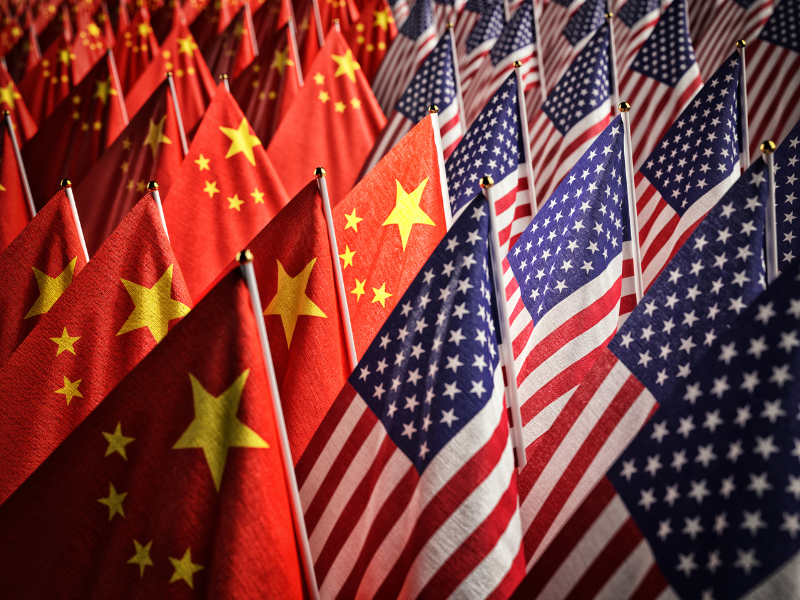For many years, I have been reading the annual reports issued by The Worldwatch Institute on the state of the world’s environment. With dismay and disgust, I have found them to be scaremongering doomsday diatribes filled with junk science, offering wrongheaded solutions to non-existent problems, and with socialist undertones not at all well-disguised.
This year’s State of the World is different.
The book contains 10 chapters, all with different authors. Many exhibit exceptional talent in the careful enumeration of factual material, and an objective balance in drawing conclusions. Seven of the chapters are outstanding sources of knowledge on their subjects. That does not mean I agree with all their conclusions, but simply that they offer fair, comprehensive, and balanced presentations.
Good, Even Great, Chapters
Chapter 3, “Safeguarding Freshwater Ecosystems,” by veteran water reporter Sandra Postel, is probably the best effort I have read on the subject. The chapter is authoritative, well written, and rarely strident. I found it to be a refreshing improvement on her earlier work. While in places she continues to see man as a second-class life form to all other of God’s creatures, by and large she understands the challenges involved in ensuring the efficient use of our most precious and limited resource. Excellent case studies from around the world are cited.
Chapter 4, “Cultivating Renewable Alternatives to Oil,” is a detailed and accurate summary of the world’s efforts to develop farm-grown automobile fuel. The author’s understanding of the technology and economics of ethanol and biodiesel fuel is extraordinary. It would seem The Worldwatch Institute is backing away from its earlier ideas that the world can operate to a significant degree on wind and solar power. The group is now placing more emphasis on biofuels, where ever-improving chemical engineering and future utilization of less-valuable plant matter may one day power a significant number of the world’s motor vehicles. The chapter’s author does not present ethanol and biodiesel as the best thing since sliced bread, but rather as useful energy sources that may eventually compete with fossil fuels without government subsidy.
In Chapter 5, “Shrinking Science: An Introduction to Nanotechnology,” the authors present a great summary of what nanotechnology is and how it will alter and improve nearly everything we do in technology-based commerce. These people really know their stuff and thus can–and do–explain it with complete simplicity and lack of mind-numbing obtuse pomposity. All you need to know is that a nanometer is a billionth of a meter; nanotechnology deals with particles smaller than 100 nanometers; and many materials when created at such minute sizes exhibit rare and wonderful characteristics not existing in their macro form. One day, nanotechnology will likely alter every process and material we work with.
In Chapter 7, “Turning Disasters into Peacemaking Opportunities,” the reader will find a brief, thoughtful, and practical explanation of how natural disasters, such as floods, earthquakes, and tsunamis, often present opportunities to settle long-term feuds in the areas struck by the disaster.
Chapter 8, “Reconciling Trade and Sustainable Development,” presents a fairly objective, honest view of how capitalism and trade can benefit developing countries. This chapter begrudgingly explains the benefits to less-fortunate societies when trade allows economic growth. It does so accurately, with a few but not too many suggestions to hamstring the process in the name of environmental protection.
Chapter 9, “Building A Green Civil Society in China,” is unquestionably the finest window into China’s growing economy and declining environment you will find no matter how hard you search. Our own newspapers tell us daily about China’s phenomenal economic growth and their near-weekly environmental disasters, thus there is neither the opportunity nor the need to distort the subject.
The real gem in this chapter is the authors’ amazingly detailed knowledge of the non-government efforts aimed at keeping the government’s feet to the fire on environmental issues. They are faced with a difficult challenge, as China does not sanction NGOs. This chapter–coauthored by a Chinese national, Lu Zhi–is a great read both for its clarity and detail.
Chapter 10, “Transforming Corporations,” actually recognizes the value of corporations to advancing the quality of life of those living in successful economies. It also recognizes some corporations have a social conscience and wish to do well by their communities and the world.
Nearly everything in the chapter is reasonable in regards to environmental responsibility. The chapter’s authors are wrong only in believing that the leadership of more than 90 percent of corporations do not give a damn and thus, without government control, will do little that is right. If anything, the chapter’s authors have their numbers reversed. It is more likely that fewer than 10 percent of the world’s corporations have not yet learned you can do well by doing good.
Worst Chapters
I did not save the best for last.
The remaining chapters vary from bad to worse. It’s no surprise their authors are some of the usual suspects who made previous Worldwatch Institute reports so worthless.
In Chapter 1, the group’s president, Christopher Flavin, would have us believe China, India, and the New World Order could well push the planet’s carrying capacity over the top. He hammers away at sustainable development–a total misconception–and preaches the standard socialist dogma of government control, perhaps world government control. There is a good deal of interesting data in this chapter … you may want to read the tables and charts and go lightly on the narrative.
In Chapter 2, “Rethinking the Global Meat Market,” the book’s project director, Danielle Nierenberg, sets out to ensure the world will one day give up eating meat. After 15 pages of blood-and-gore descriptions of animal slaughter, she finally recommends we wean ourselves off meat and become vegans. She focuses much attention on the so-called factory farm, a term used dozens of times to conjure up the inhuman treatment of animals.
In fact, farms containing many animals look nothing like factories. Anyone in the animal husbandry business knows that if you place any stress on your animals they will not produce optimum quantities of milk, eggs, or lean meat. Thus, most such farmers know that if they want to make a living from their animals, they had better treat them better than they treat their children.
Finally, without doubt the book’s worst chapter is Chapter 6, “Curtailing Mercury’s Global Reach.” Lead author Linda Greer is a veteran junk science writer. The chapter presents little or no useful science and offers completely wrong recommendations and conclusions. It is not worth the time to read.
Chapters 1, 2, and 6 notwithstanding, if you are a student of our global environment and have a strong mind not easily persuaded by hidden political agendas, this book is an outstanding source of useful information.
Jay Lehr, Ph.D. ([email protected]) is science director for The Heartland Institute.



